Surface Finishing
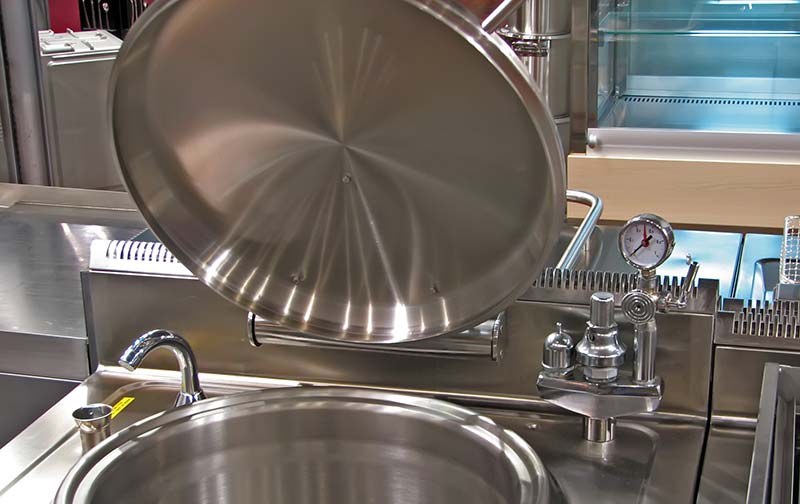
Stainless steel is frequently chosen for architectural installations because of its physical characteristics (weldability, deformability, corrosion resistance, etc.) and for its appearance. A variety of decorative surface finishes can be achieved with thermal, electrochemical or mechanical treatment, or a combination of these treatments.

No. 1 Finish
Hot rolling and annealing produce the No.1 surface finish. Thermal treatment reduces internal stress and segregation, creating a stable crystalline structure, and pickling removes any steel scrap. 1D surfaces are rough with low reflectivity. This finish is used in the building sector because the thick sheets are not visible and the aesthetic factor is irrelevant.

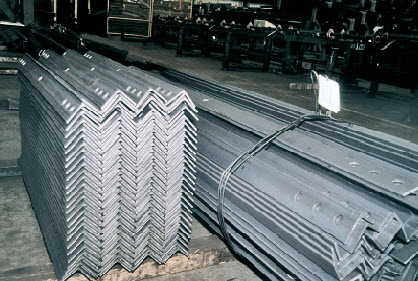
No. 2D Finish
Cold rolling, heat treatment and pickling combine to achieve a 2D finish. It has a smoother surface than the No.1 finish but not like 2B or 2R. It appears opaque and has low reflectivity. 2D is ideal for the engineering industry, and builders use it for less visible features.
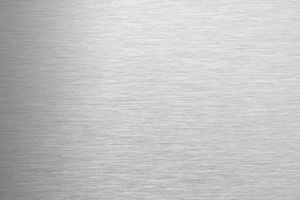
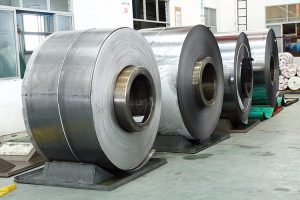
No. 2B Finish
The milky gray 2B finish is achieved by rolling a 2D finish with glossy rolls (skin pass). 2B is the most popular finish and chosen for sophisticated decorative features. Its reflectivity is much higher than that of 2D, and it is less opaque and cleaner. This finish can be used for exterior coatings of tanks, buildings, cabinets, and kitchen and industrial equipment.
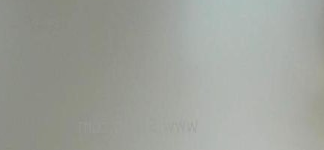
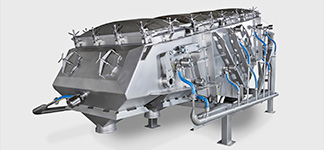
No. 2R Finishing (BA)
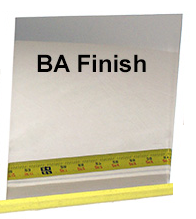
Polishing and brushing the 2R surface creates different finishes. Applying abrasives with lubricants polishes the steel, and dry abrasion produces a satin finish. Both techniques engrave the steel and create a certain amount of roughness. The satin finish is rougher than the polished. The roughness value (Ra) is measured to determine whether the texture of the piece is adequate for its intended use.
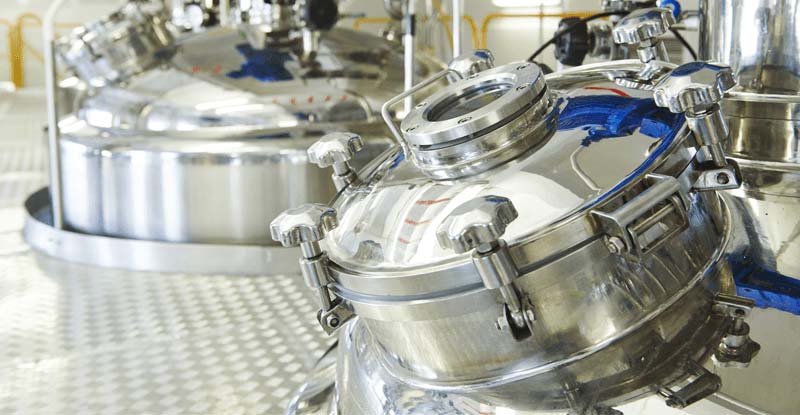
No. 3 Finish

This finishing is achieved trough cold rolling and treatment with rolls at different roughness. The sheet is ground in a single direction, making the surface rough and very opaque. It is often possible to specify the grain of the emery ribbon or the desired roughness. G means Ground. Usually only one face of the material is treated. This finish is frequently used on furniture and kitchen accessories.
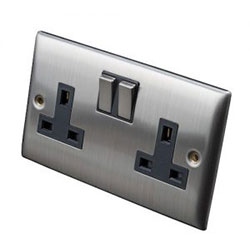
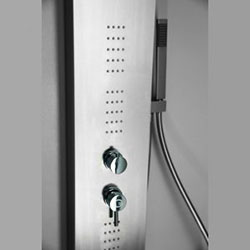
No. 4 Finish
No. 4 is the most common brushed finish. The finishing process grinds the surface of a No.1, 2D or 2B stainless steel with an average grain dimension of 120-180.
Commonly referred to as “satin,” No.4 finish has a brilliant satin-like appearance and a standard roughness of Ra 20 micro-inches.
Surface coloration varies, depending on the types of abrasives. Silicon carbide abrasive give a slightly bluish appearance while aluminum-based (aluminum oxide) makes the sheet grayish. No.4 finish is highly resistant to corrosion from atmospheric conditions.
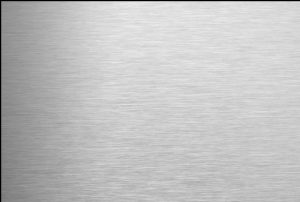
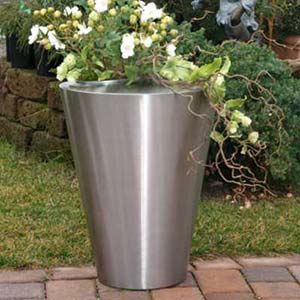
No. 8 Finish
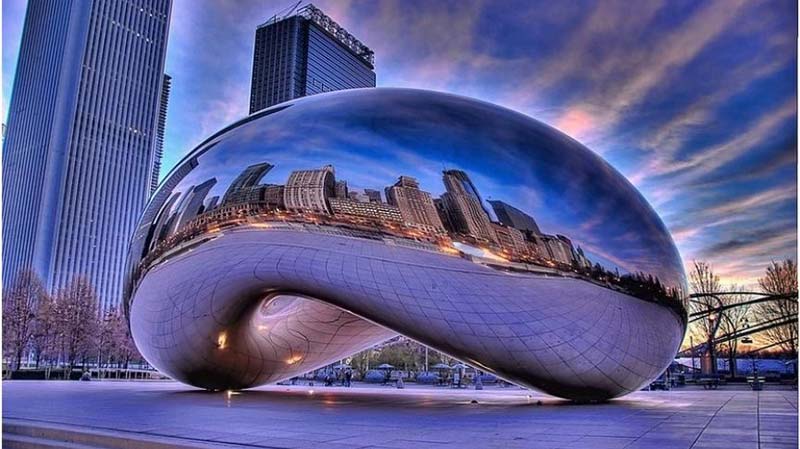
No. 8 Mirror Finishing produces a “perfect mirror” surface. A very fine finishing is performed with cloth rotating brushes impregnated with extra fine paste. The result is a glossy, smooth surface with no visible grinding lines.
Colored Finishes

The growth of a chromium oxide layer during a chemical process causes coloration of stainless steel. The oxide layer itself is transparent and free of pigments. The coloration is generated by the absorption of part of the white light (interference wavelength). Coloration of bronze, golden, red, violet, blue and green correspond to a film thickness increase of 1 mirocinches to 15 microinches.
The colorless chromium oxide layer is not sensitive to aging by ultraviolet light. And, since the coloring process does not involve pigments, subsequent processing after treatment will not break the film. The transparent passivated film allows the underlying substrate to influence the final appearance. For example, an opaque finish creates a soft and opaque color, while a mirror finish produces a brilliant look. Unlike painted surfaces, the color does not tend to vanish with exposure to sunlight. However, if the surface is damaged by scratches during fabrication or by corrosion, it cannot be repaired. Because abrasion can remove the color, abrasives should not be applied. The surface should be protected from accidental or voluntary damage, especially in public areas and where winds transport abrasive particles. Pickling, acid attacks and electropolishing remove color from the surface. Colored steel is in high demand as an outdoor coating and to highlight product parts.



